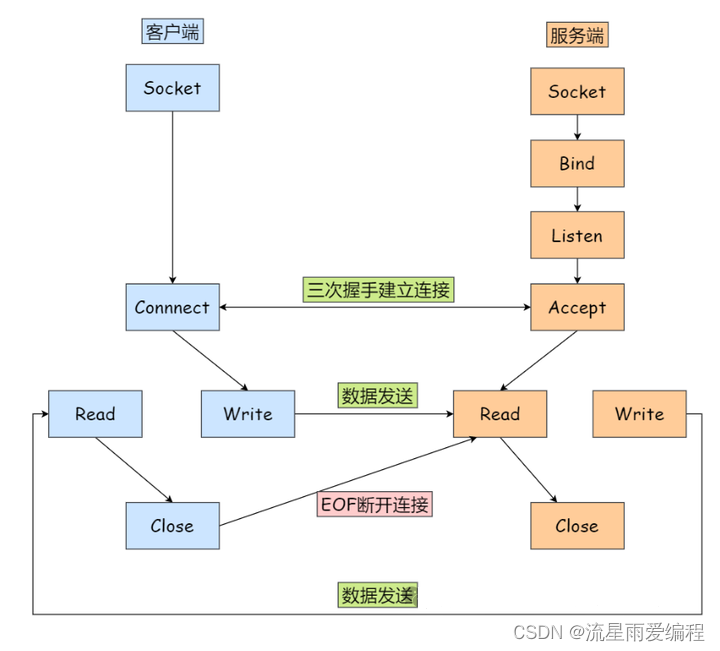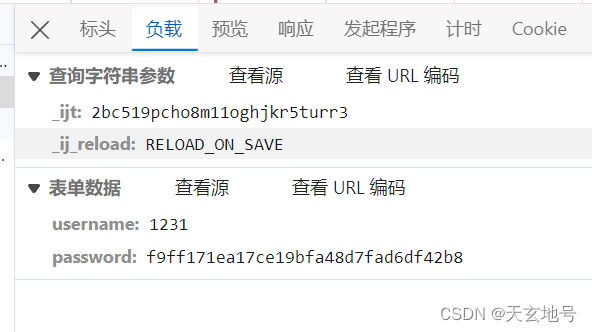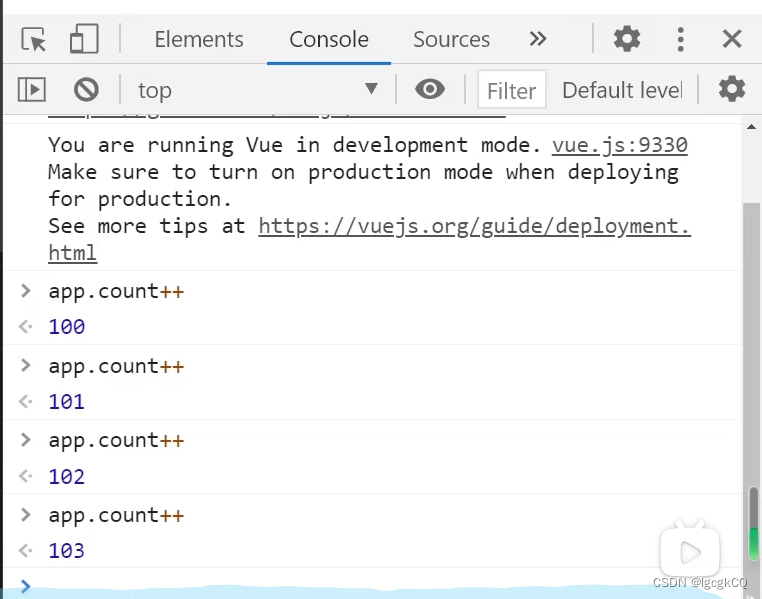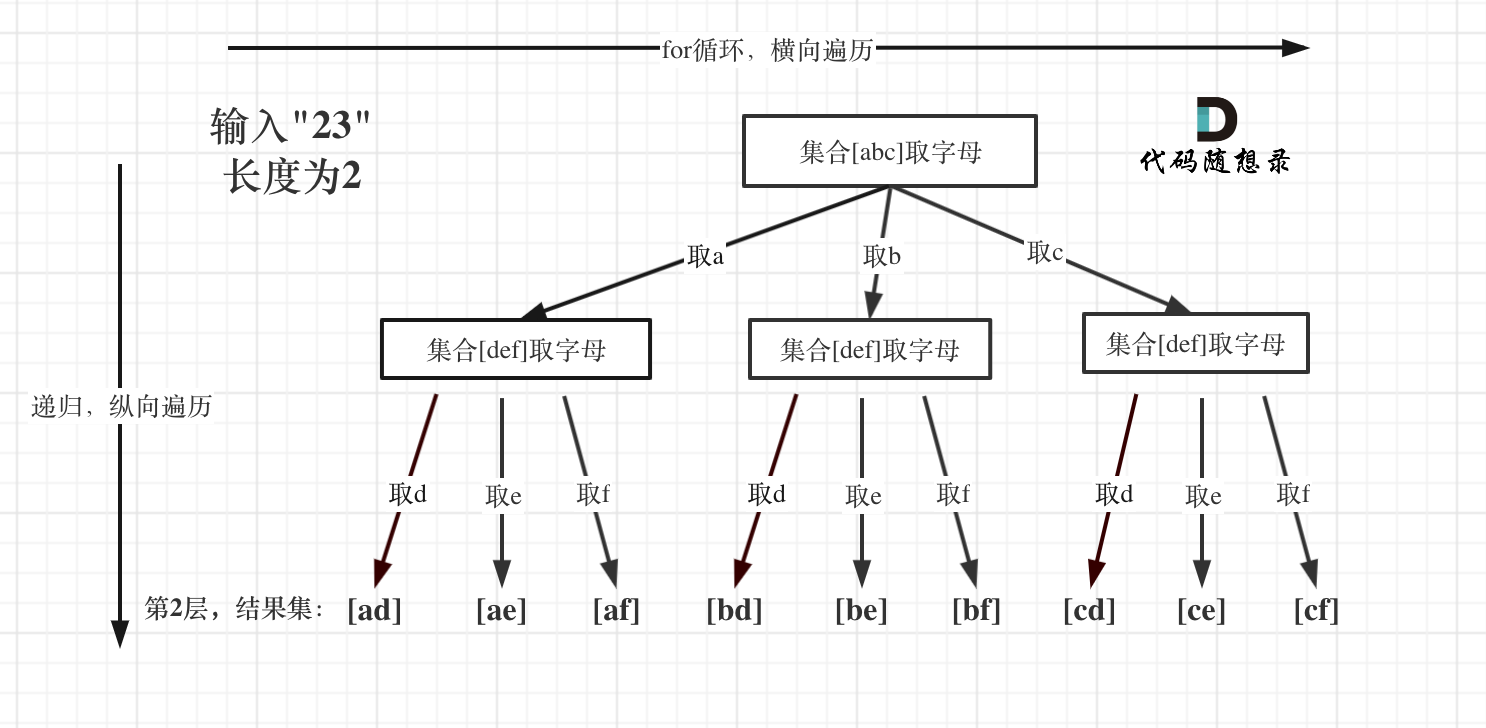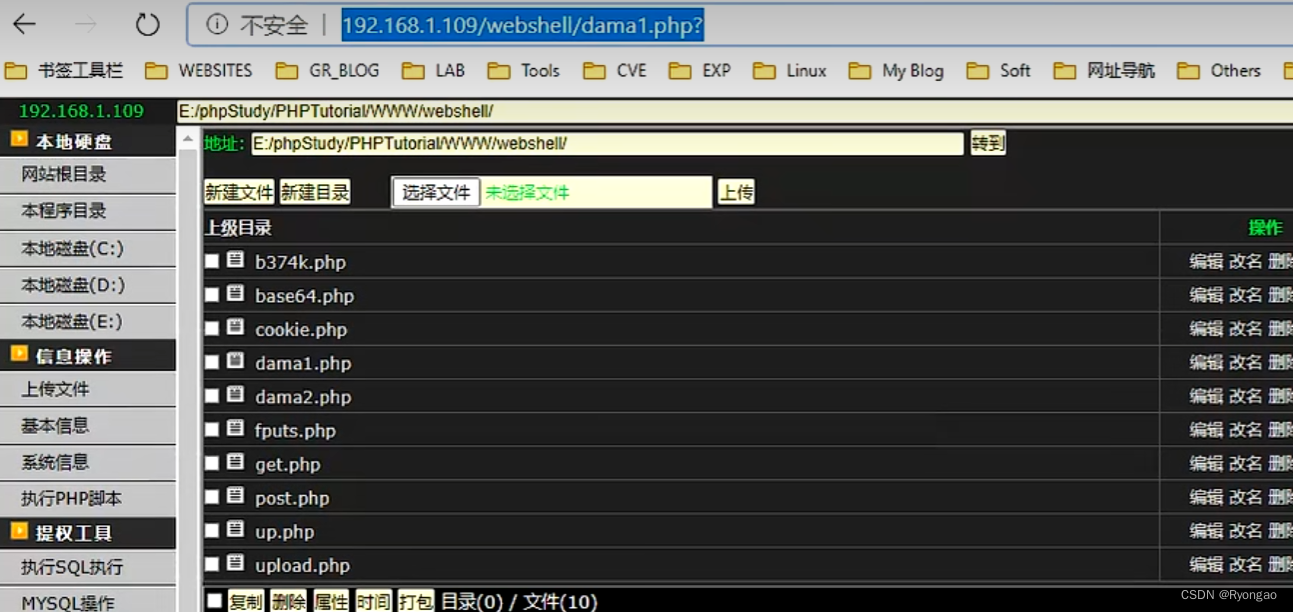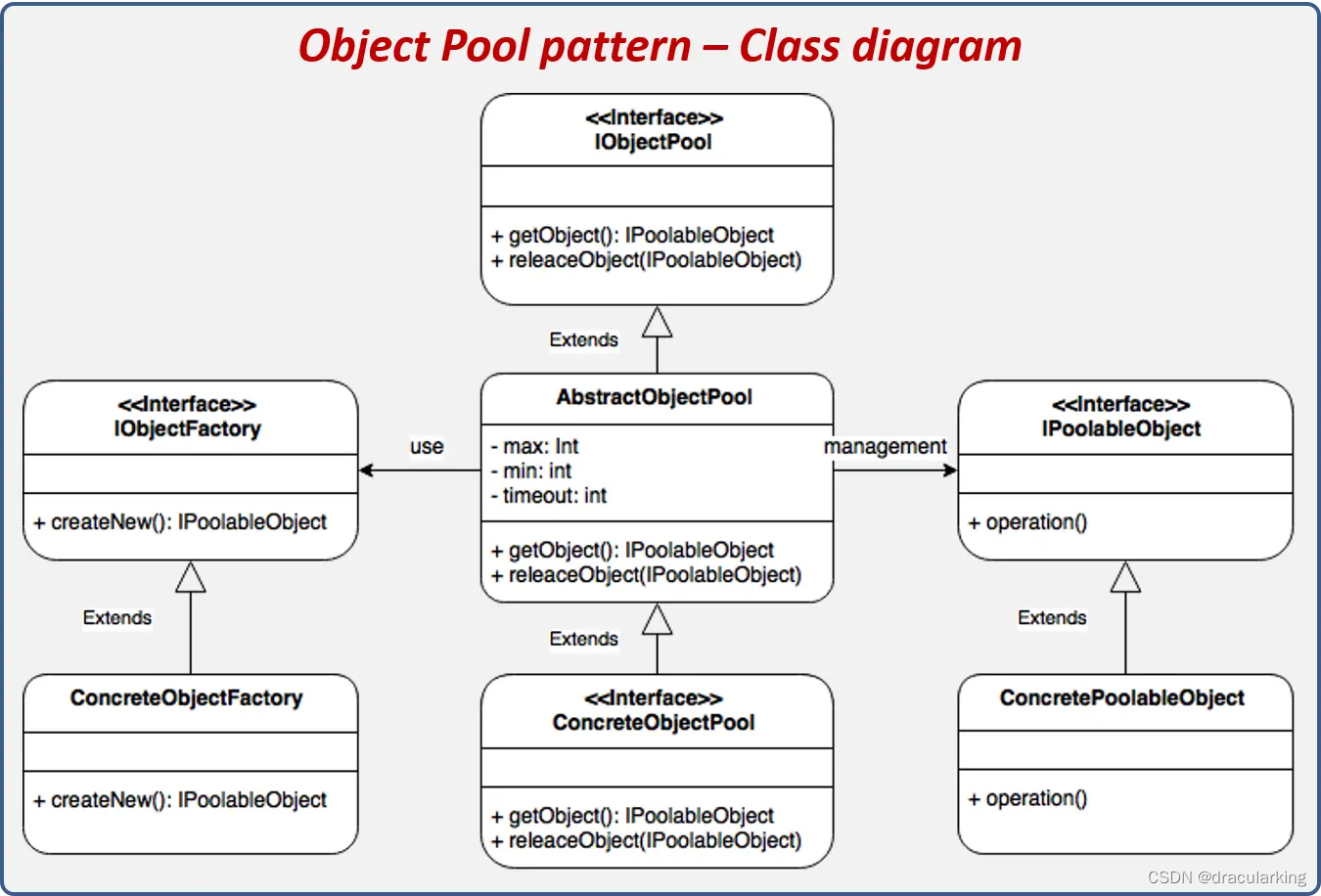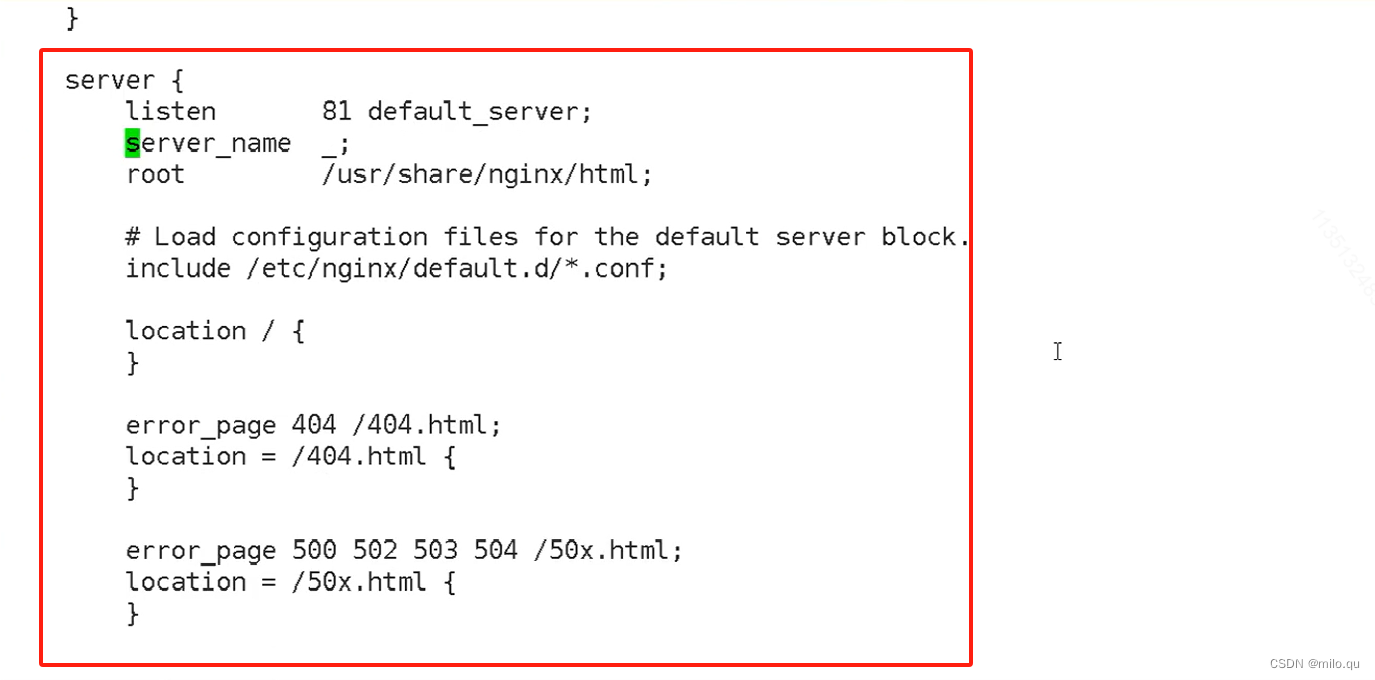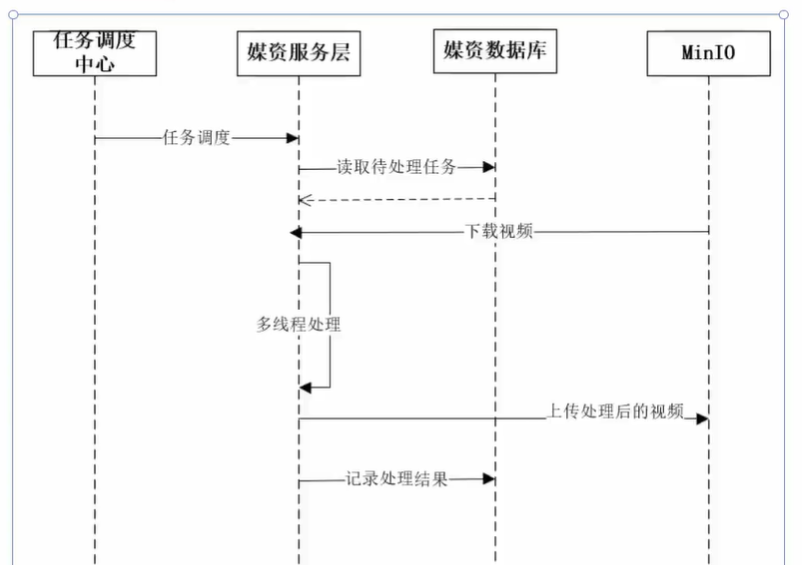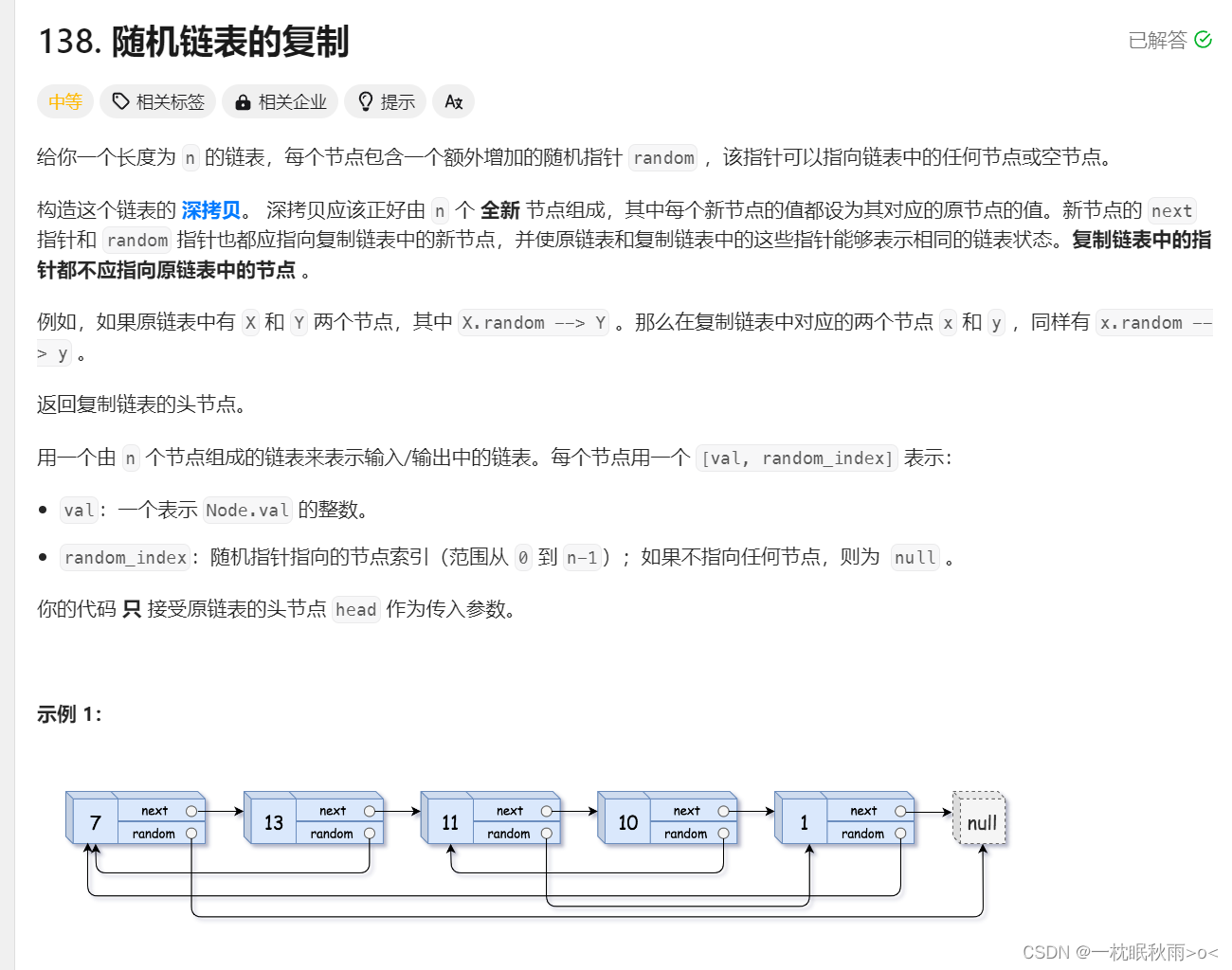练习一:
使用 四种方式拷贝文件,并统计各自用时
1字节流的基本流:一次读写一个字节
2字节流的基本流:一次读写一个字节数组
3字节缓冲流:一次读写一个字节
4字节缓冲流:一次读写一个字节数组
public class Test03 {
public static void main(String[] args) throws IOException {
/**
* 字节流的基本流:一次读写一个字节
*/
File f1=new File("..\\ioDemo\\a.txt");
File f2=new File("..\\ioDemo\\copy3.txt");
long start = System.currentTimeMillis();
copy(f1, f2);
long end = System.currentTimeMillis();
System.out.println((end-start)/1000.0+"秒");
}
private static void copy(File f1, File f2) throws IOException {
//拷贝使用io
FileInputStream fis=new FileInputStream(f1);
FileOutputStream fos=new FileOutputStream(f2);
int b;//read读取的返回值,十进制数
while((b=fis.read())!=-1){
fos.write(b);
}
fos.close();
fis.close();
}
}
public class Test04 {
public static void main(String[] args) throws IOException {
/**
* 字节流的基本流:一次读写一个字节数组
*/
File f1 = new File("..\\ioDemo\\a.txt");
File f2 = new File("..\\ioDemo\\copy4.txt");
long start = System.currentTimeMillis();
copy(f1, f2);
long end = System.currentTimeMillis();
System.out.println((end - start) / 1000.0 + "秒");
}
private static void copy(File f1, File f2) throws IOException {
//拷贝使用io
FileInputStream fis = new FileInputStream(f1);
FileOutputStream fos = new FileOutputStream(f2);
byte[] bytes = new byte[1024];
int len;//read读取的返回值,十进制数
while ((len = fis.read(bytes)) != -1) {
fos.write(bytes, 0, len);
}
fos.close();
fis.close();
}
}
public class Test01 {
public static void main(String[] args) throws IOException {
/**
* 字节缓冲流:一次读写一个字节
*/
//操作文件使用File
File f1 = new File("..\\ioDemo\\a.txt");
File f2 = new File("..\\ioDemo\\copy1.txt");
long start = System.currentTimeMillis();
copy1(f1, f2);
long end = System.currentTimeMillis();
System.out.println((end-start)/1000.0+"秒");
}
public static void copy1(File f1, File f2) throws IOException {
//拷贝使用io
//创建字节缓冲输入流
BufferedInputStream br = new BufferedInputStream(new FileInputStream(f1));
//创建字节缓冲输出流
BufferedOutputStream bw = new BufferedOutputStream(new FileOutputStream(f2));
int b;
while ((b = br.read()) != -1) {
bw.write(b);
}
bw.close();
br.close();
}
}
public class Test02 {
public static void main(String[] args) throws IOException {
/**
* 字节缓冲流:一次读取一个字节数组
*/
File f1 = new File("..\\ioDemo\\a.txt");
File f2 = new File("..\\ioDemo\\copy2.txt");
long start = System.currentTimeMillis();
copy(f1, f2);
long end = System.currentTimeMillis();
System.out.println((end-start)/1000.0+"秒");
}
private static void copy(File f1, File f2) throws IOException {
//拷贝使用io
//创建字节缓冲输入流
BufferedInputStream bis = new BufferedInputStream(new FileInputStream(f1));
//创建字节缓冲输出流
BufferedOutputStream bos = new BufferedOutputStream(new FileOutputStream(f2));
//读取并写入
byte[] bytes = new byte[1024];//一次读取1024个字节
int len;//一次读取的字节长
while ((len = bis.read(bytes)) != -1) {
bos.write(bytes, 0, len);
}
bos.close();
bis.close();
}
}
总结:以后用一次读取一个数组的方法最快
练习二:
将已经打乱的《出师表》排序,并放入新文件
csb.txt
方法一:
package csb;
import java.io.*;
import java.nio.Buffer;
import java.util.ArrayList;
import java.util.Comparator;
public class Test01 {
public static void main(String[] args) throws IOException {
/**
* 1.纯文本
* 2.出师表每段一行,可以使用字符缓冲流,的特有方法readLine
*/
File f1 = new File("..\\ioDemo\\csb.txt");
File f2 = new File("..\\ioDemo\\csb2.txt");
restore(f1, f2);
}
private static void restore(File f1, File f2) throws IOException {
//先用io将文本读取到内存中
BufferedReader br = new BufferedReader(new FileReader(f1));
//用来存读取到的文本
ArrayList<String> list = new ArrayList<>();
String s;
while ((s = br.readLine()) != null) {
//放入集合
list.add(s);
}
//自定义排序排序,因为每一行的开头是数字,可先获取数字,升序排序
list.sort(new Comparator<String>() {
@Override
public int compare(String o1, String o2) {
int i1 = Integer.parseInt(o1.split("\\.")[0]);
int i2 = Integer.parseInt(o2.split("\\.")[0]);
return i1-i2;
}
});
//遍历集合,放入新文件
BufferedWriter bw = new BufferedWriter(new FileWriter(f2));
for (String str : list) {
bw.write(str);
bw.newLine();//换行
}
bw.close();
br.close();
}
}
方法二:更简洁
package csb;
import 字符输出流底层.T;
import java.io.*;
import java.util.*;
public class Test02 {
public static void main(String[] args) throws IOException {
/**
* 1.纯文本
* 2.出师表每段一行,可以使用字符缓冲流,的特有方法readLine
*/
File f1 = new File("..\\ioDemo\\csb.txt");
File f2 = new File("..\\ioDemo\\csb2.txt");
restore(f1, f2);
}
private static void restore(File f1, File f2) throws IOException {
//先用io将文本读取到内存中
BufferedReader br = new BufferedReader(new FileReader(f1));
//*treeMap对于(Integer作为键时)可自动排序。数字,可作为键,汉字部分可做为值,
TreeMap<Integer, String> map = new TreeMap<>();
String s;
while ((s = br.readLine()) != null) {
//放入集合
//注意点:因为split方法适用于正则表达式,所以使用 . 的时候要转义
int key = Integer.parseInt(s.split("\\.")[0]);
String value = s.split("\\.")[1];
map.put(key, value);
}
//打印集合,检验是否排序
System.out.println(map);//已排序
//遍历集合,放入新文件
BufferedWriter bw = new BufferedWriter(new FileWriter(f2));
Set<Map.Entry<Integer, String>> entries = map.entrySet();
for (Map.Entry<Integer, String> entry : entries) {
String num = entry.getKey().toString();//数字转字符串
String value = entry.getValue();
bw.write(num + "." + value);//1. ....
bw.newLine();//换行
}
bw.close();
br.close();
}
}
排序前:
排序后:
练习三:
public class Test01 {
public static void main(String[] args) throws IOException {
/**
* 首先记录次数可以用一个变量记录,但是这个变量不能存储在当前程序中(内存中)
* 可以存储在本地文件中,这样变量就不会随着程序的重启而重置
*/
//创建字符缓冲输入流
BufferedReader br = new BufferedReader(new FileReader("..\\ioDemo\\store.txt"));
//读取数据并转成数字
int count = Character.getNumericValue((char) br.read());//第一次获取到0
//使用次数加1
count++;//1
//逻辑
if (count <= 3) {
System.out.println("欢迎使用软件,前三次使用免费,你已经使用" + count + "次");
} else {
System.out.println("你已经使用" + count + "次,请充值会员继续使用");
}
//创建字符缓冲输出流,把更新后的次数写入文件
BufferedWriter bw = new BufferedWriter(new FileWriter("..\\ioDemo\\store.txt"));
bw.write(count + "");//将次数变成字符串写入,不然将看作ascii码
bw.close();
br.close();
/**
* 注意不要将输出流创建在上面,会清空数据
* 注意io流
* 随用随创建
* 随不用随关闭
*/
}
}
//注意要先将store文件内放入初始值初始0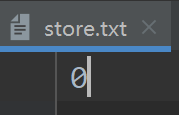
控制台:



